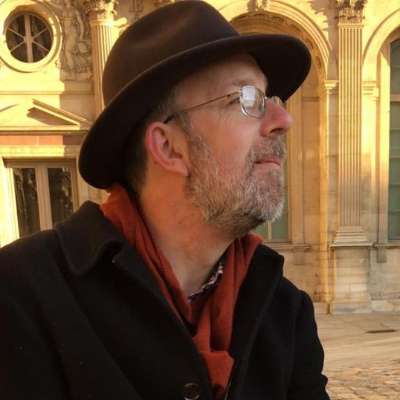There are few composers for the piano as viscerally exciting as Franz Liszt and there are few pianists today who perform his music with as much visceral excitement as Khatia Buniatishvili. The Georgian pianist places Liszt at the core of her repertoire and he took pride of place at the centre of this recital. Encircled by the asymmetrical vineyard layout of the Philharmonie, Buniatishvili tore into the keyboard with thrilling impetuosity, eventually whipping the Parisian audience into something approaching frenzy.
Buniatishvili strikes a dramatic pose. Liszt himself had longer hair, but I doubt he tossed it back with such vehemence. She leans into the keyboard from the waist, anchored by killer heels pinned to the platform. Fingers descend from quite a raised position – precision attacks launched from on high. When unemployed, her left hand extends the drama, either flung far behind her in a flamboyant gesture, or raised gently – palm upwards – as if weighing the tonal colours emerging from the piano.
And what colours can be heard in this hall! Its acoustics captured the myriad hues emerging from the Steinway. Arguably the acoustic is too perfect, picking up every interruption from a restless audience. Buniatishvili chose to open with a Haydn sonata which she began with such feathery delicacy that it was almost lost. She displayed Haydnesque wit and playfulness, plus a deliberate sense of hesitancy in the first movement recapitulation. She hushed the Andante con moto middle movement down to a daring pianissimo before injecting aggression into the Allegro finale.
Three themes from Mozart’s Don Giovanni dominate Liszt’s Réminiscences de Don Juan: the Commendatore’s stentorian declamations when his stone statue turns up for a spot of supper, the duet “Là ci darem la mano” and the Champagne Aria. Buniatishvili treated it as a virtuosic tour de force, conjuring stormy bass lines for the Commendatore before teasing us in the seductive duet, expansive rubato to the fore before it spirals off into a series of giddy variations. A thunderous transition led to a fizzing (apologies!) account of the Champagne Aria.
As terrifically exciting as this Don Juan was, this recital also revealed a sensitive side to her Liszt playing. There was rippling silk in La Leggierezza, then an impish sparkle in Feux Follets, which skittered across the keys. La Campanella, whose tintinnabulations can induce migraines in the wrong hands, found Buniatishvili breathing a great deal of delicacy into the upper registers before dashing off a virtuosic close. For more virtuosity, she performed the Hungarian Rhapsody no. 2 in C sharp minor, but peppered with Vladimir Horowitz adornments (as if Liszt’s original isn’t demanding enough). The slow lassú section was stately and proud before the friska gradually whipped up as exciting a finale as I can remember, Buniatishvili rising from her stool a couple of times to hurl herself at the keyboard with maximum impact. This was pulsating playing from one of today’s finest Liszt advocates.
Three movements from Pétrouchka highlighted the percussive nature of Stravinsky’s piano writing. The first movement lost its shape once or twice, but the characterisations in the second movement were vivid and the Shrovetide Fair teemed with life.
Two encores displayed extreme contrasts: a daringly slow Clair de lune where pale moonlight came shrouded in scudding clouds; followed by Prokofiev in barbaric mood, the Precipitato finale from the Seventh Sonata rightfully met with a storm of applause. Piano playing rarely comes as exciting as this.


